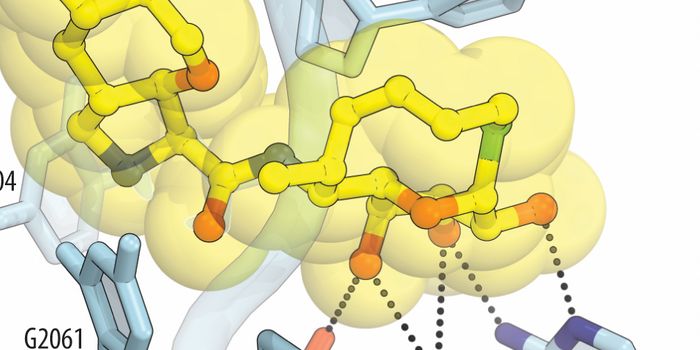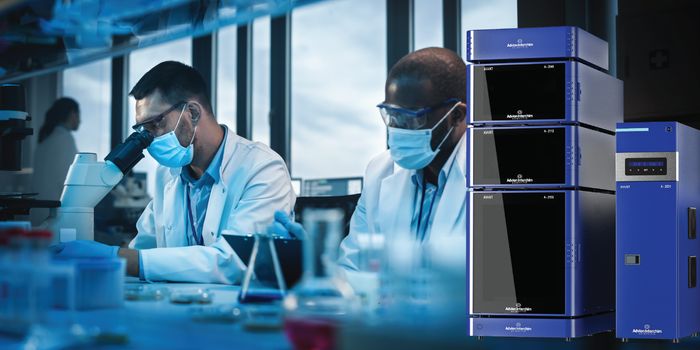Improving Drug Discovery using Gold Nano-particles
Investigators at University of Lincoln in the UK have developed a new technique using nanotechnology which may deliver drugs with high efficacy. This new technique has allowed scientists to ‘decorate’ gold nanoparticles using a protein of choice. This allows drugs to be tailored to target an area of the body for effective treatment, like a tumor growing on the pancreas.
Gold nanoparticles are tiny spheres made of gold atoms with a diameter of only a few billionths of a meter. They can be covered with a biological protein in combination with other drugs to enable the treatment to travel through the body and reach the affected area. These gold nanoparticles will 'adsorb' (hold on its surface) drugs which may otherwise be insoluble or quickly degradable in the blood, and due to their micro level size they can overcome multiple biological barriers like as skin, the small intestine and membranes which may inhibit the drug from reaching its target.
This unique technology is currently in use for real-world applications, but not common in drug development. For example, in pregnancy tests, gold nanoparticles coated with the antibody against the pregnancy hormone present in the urine will display the 'positive' strip if it reacts with the nanoparticles.
Until recently, ‘decorating’ nanoparticles with biological proteins used to be combined together with other particles which are not capable of controlling where they bind resulting in less drug effectiveness. But with this new method, pharmacologists are able to coat gold nanoparticles with proteins in a layer by layer and specific order organization. This maintains the protein to maximize drug efficacy, giving hope for a future in nanomedicine.

"Gold nanoparticles are a vital tool in new drug development and drug delivery systems. We have unlocked the key to binding proteins and molecules so that those drugs will be more effective,” explains Dr. Enrico Ferrari, a nanobiotechnologist from the University of Lincoln’s School of Life Science, "This method might help to design nanomedicines that do not need extensive chemical modification of a protein drug or a nano-carrier and therefore can be developed more easily and faster." Furthermore, investigators retrieved pieces of proteins isolated from bacteria and flatworms, and then fused those proteins together. It was found that the fusion was effective at binding to the gold nanoparticle surface and able to form stable bonds to any other protein.
Sources: Drug Discovery & Development
-
MAY 07, 2024Is It Anti-RNP or Anti-Sm/RNP?
-
MAY 08, 2024Expand your Multiomic Capabilities with RNAscope™
- See More
-
APR 30, 2024Immuno-Oncology Virtual Event Series 2024
-
MAY 07, 20243rd International Biosecurity Virtual Symposium
-
MAY 23, 2024For the Love of Digital PCR 2024
- See More

















































